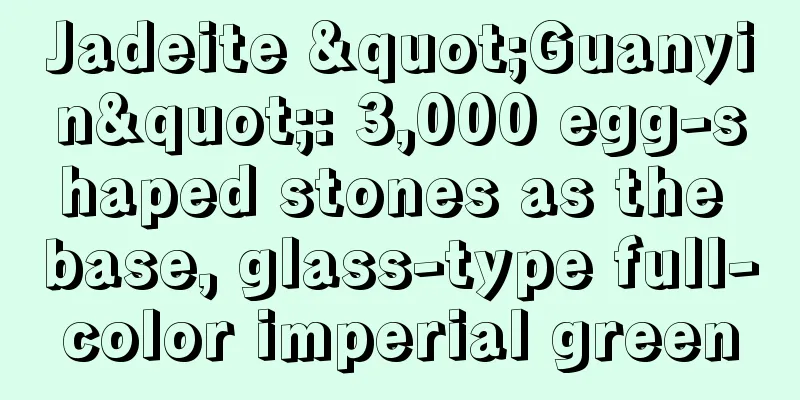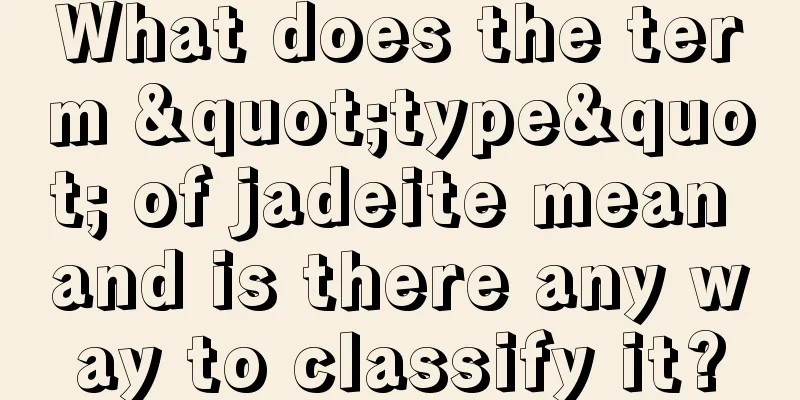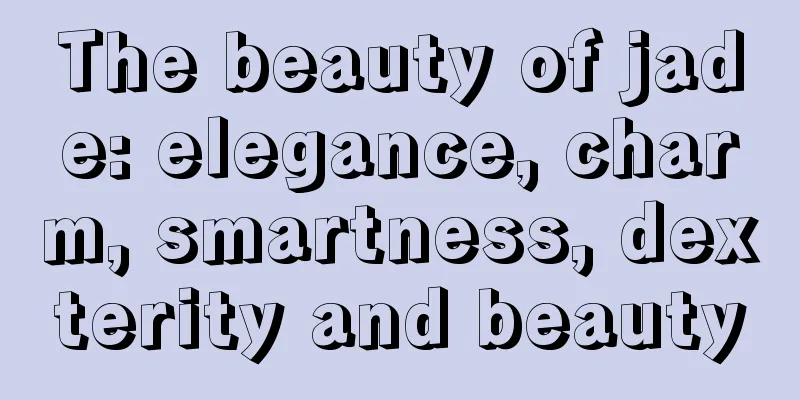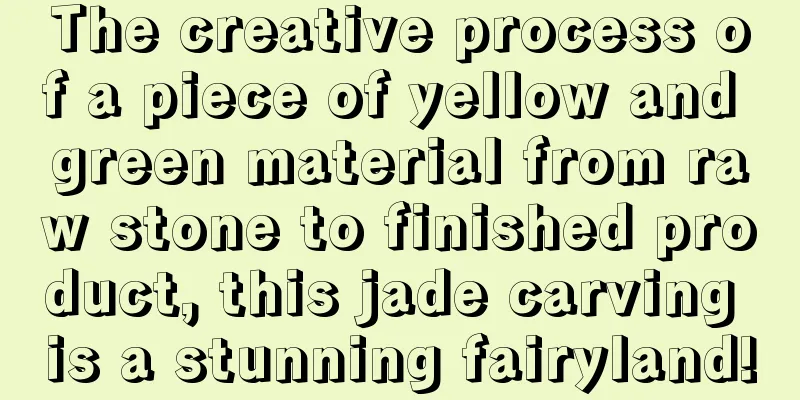What kind of jade can be considered glass-type?

|
What kind of jade can be considered glass-type? First of all, there is no definition in the national standard. The national standard does not mention such terms as ice type and glass type. The national standard grades jade based on three dimensions: texture, transparency, and color. These correspond to the three concepts of jade that are often mentioned in the industry: type, water, and color. Therefore, whether it is the national standard or the convention of the jade industry, the type and water of jade, that is, light perception and transparency, are two completely different dimensional indicators. The type refers to the density of jadeite crystals, which is how light it feels after polishing. The water refers to the transparency of jadeite. This has been explained countless times and I will not repeat it. A friend who has been playing with jadeite for several years defined glass type as follows: it must be transparent, rigid, and have strong fluorescence. This is a typical example of a novice who still confuses the type and water of jadeite. Assuming his statement is correct, you can try to answer these two questions. First of all, can jadeite that feels sticky be considered glass-type? You can read my previous sharing about the difference between glue feeling and fluorescence. Secondly, those jades that are full of green or full of purple, especially the black jade, have very poor transparency. According to the definition that glass-type jade must be transparent, can they not even be considered ice-type? Then what are glass-type imperial green and glass spring? Since the national standard does not define glass-type jadeite, how does the jadeite industry define glass-type jadeite? There are no strict standards. The simple understanding is that it must have a glass-like luster. This is the concept of figurative jadeology. Because it is difficult for consumers to understand those abstract terms, it is better to describe it with things that can be understood at once, such as ice type, glutinous type, and spinach green. You will immediately have an idea when these words are mentioned. So when we talk about glass type, it must be as transparent and pure as glass. This is just my assumption. Are ink-colored lenses considered glass? Is brown glass considered glass? In fact, the luster of high-quality jade is far better than that of many ordinary glasses. In addition, when judging the quality and value of jade, the most taboo thing is to compare things of different categories and sizes. Egg-shaped faces, bracelets, and pendants have different ways of adjusting water and are not comparable. An uncarved raw stone is neither transparent nor lustrous, so how dare you say it is not glass enough? A stone with ordinary water quality, which is made very thin, or a small pendant with hollow carving will also look very good in terms of light. If you hold a small egg-shaped stone of several millimeters and say that it has good gloss and a clean base, it only means that you have never seen the world. Those broken glass shards are all sparkling and brighter than diamonds.
|
<<: Is there a difference between old and new jade materials?
>>: Do you know which jade bracelet style is suitable for you?
Recommend
The 7 most suitable amulets for Chinese people, the last one can really ward off disasters
Friends, is there something you have carried with...
Jade Guanyin, the right one is the best
As the saying goes, "Men wear Guanyin and wo...
Jade jewelry is exquisite and beautiful. How much do you know about the meaning of its name?
We all know that jadeite appeared in my country d...
What are the characteristics of Suyang jadeite? Why is it so popular?
If you have any knowledge of jade carving, you mu...
Protecting property is important. Which is more suitable as a family heirloom, jade or gold?
From ancient times to the present, wealthy famili...
Teach you how to choose good jadeite?
Recently, many friends have asked me what kind of...
Investment and Collection of Jadeite
Now let’s discuss with you the topic of jade inve...
The Application and Techniques of "Colorful and Clever Carving" in Jade Carving
This is a piece of material close to the jade ski...
How to judge the quality of jade carving? After looking at these three indicators, the carving is clear at a glance
In the jade industry, there is a saying that &quo...
Jade Appreciation | Old-fashioned? Let you appreciate the beauty of jade design
jade, A word with a classical feel. But in the st...
How to place cabbage ornaments?
Art often comes from life, and jade carving is no...
Fine jade egg-shaped faces are rare to find, and the best one is called the Jade Eye!
Jade egg-shaped surface is the most essential par...
Do you know what the Four Jade Spirits are?
01 dragon Although the dragon has never been foun...
How do you usually identify the authenticity of jade? Don’t use these 5 wrong methods
Today's jade market is full of mixed goods an...
The whole process of making fine high-ice large purple egg noodles from Mu Na sand-removing materials is shocking!
Good things should be shared. Today I will share ...









